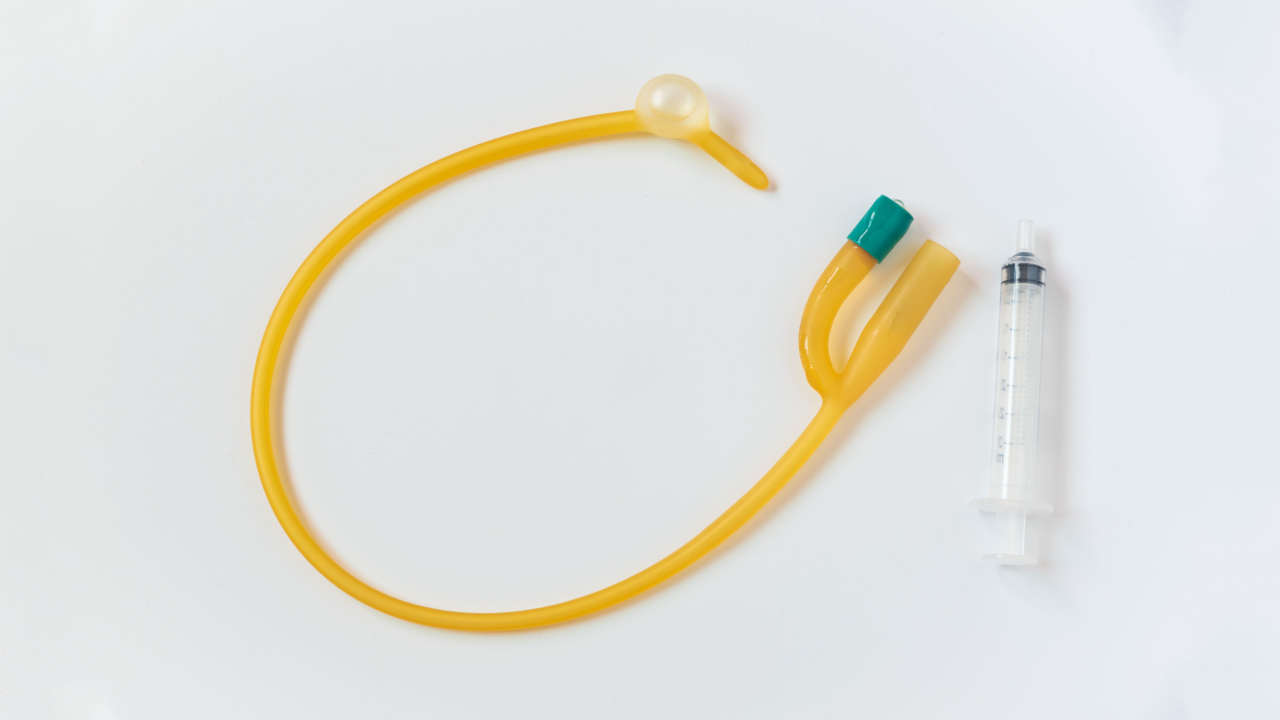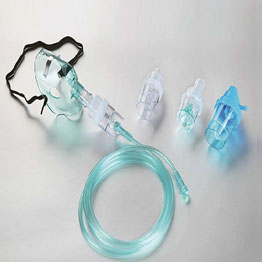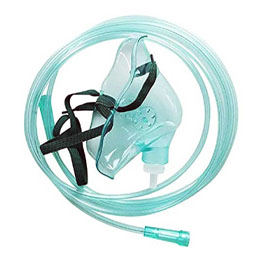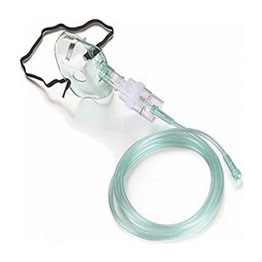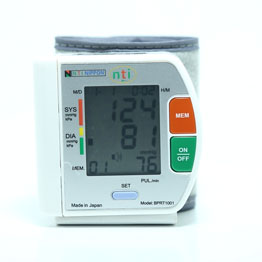Foley catheters, also known as indwelling urinary catheters, are medical devices commonly used to manage urinary retention or incontinence. Whether inserted temporarily during surgery or for long-term management of urinary issues, proper care, and maintenance of Foley catheters is crucial to prevent complications and ensure patient comfort and well-being. In this comprehensive guide, we'll delve into the ins and outs of Foley catheter care, providing essential tips and guidelines for both patients and healthcare providers.
Understanding Foley Catheters
Before diving into care tips, it's essential to understand what Foley catheters are and how they work. A Foley catheter is a thin, flexible tube inserted into the bladder through the urethra. It has an inflatable balloon at one end that holds it securely in place inside the bladder. The other end of the catheter is connected to a drainage bag, which collects urine. Foley catheters come in various sizes and materials, and the type used depends on the patient's needs and medical condition.
Tips for Patients
Maintain Good Hygiene: Proper hygiene is crucial to prevent infections and discomfort. Patients should wash their hands thoroughly before and after handling the catheter or drainage bag.
Keep the Catheter Secure: Ensure that the catheter is securely taped to the thigh or abdomen to prevent accidental tugging or pulling, which can cause discomfort or dislodgement.
Monitor Urine Output: Keep track of urine output and report any significant changes to your healthcare provider. Decreased urine output could indicate a blockage, while increased output may signal potential issues like urinary tract infection (UTI).
Stay Hydrated: Drinking plenty of fluids helps prevent urinary tract infections and promotes urine flow, reducing the risk of catheter-related complications.
Avoid Tugging or Pulling: Patients should avoid pulling on the catheter or tubing, as this can cause pain, discomfort, and even injury. Be gentle when moving or adjusting the catheter.
Follow Drainage Bag Care Instructions: Empty the drainage bag regularly and clean it according to the manufacturer's instructions to prevent bacterial growth and infection.
Report Any Signs of Infection: Be vigilant for signs of infection, such as fever, chills, foul-smelling urine, or increased pain or discomfort, and report them to your healthcare provider promptly.
Tips for Healthcare Providers
Proper Insertion Technique: Ensure proper insertion technique to minimize the risk of trauma or injury to the urethra or bladder. Use sterile equipment and follow aseptic technique guidelines.
Regular Catheter Care: Routinely assess and care for Foley catheters to prevent complications such as urinary tract infections, blockages, or catheter-associated trauma. This includes maintaining proper hygiene, securing the catheter, and monitoring urine output.
Patient Education: Educate patients and caregivers about Foley catheter care, including proper hygiene, signs of complications, and when to seek medical assistance. Empowering patients with knowledge promotes adherence to care guidelines and reduces the risk of complications.
Prompt Management of Complications: Promptly address any issues or complications related to Foley catheters, such as blockages, leaks, or infections. Timely intervention can prevent the escalation of problems and improve patient outcomes.
Documentation and Monitoring: Document catheter insertion, care procedures, and patient responses accurately in medical records. Regularly monitor patients for signs of complications and adjust care plans as needed.
Conclusion
Effective Foley catheter care is essential for patient comfort, safety, and overall well-being. By following proper care guidelines, patients can minimize the risk of complications and maintain their quality of life while using a Foley catheter. Healthcare providers play a crucial role in ensuring the safe insertion, monitoring, and maintenance of Foley catheters, ultimately contributing to optimal patient outcomes. With diligence, education, and proactive management, Foley catheter care can be effectively optimized for the benefit of patients and healthcare providers alike.

